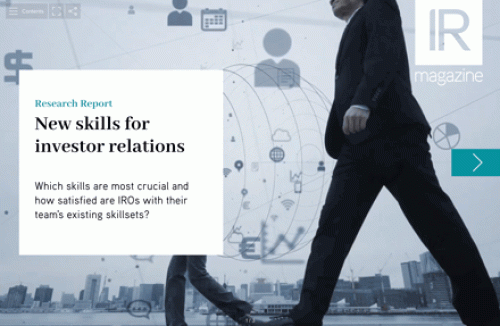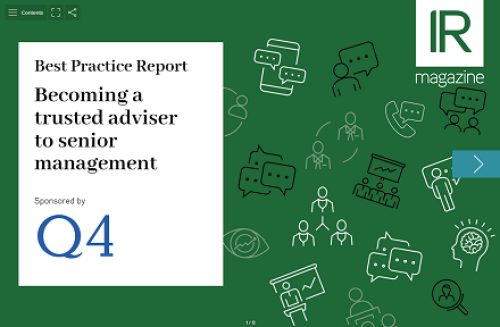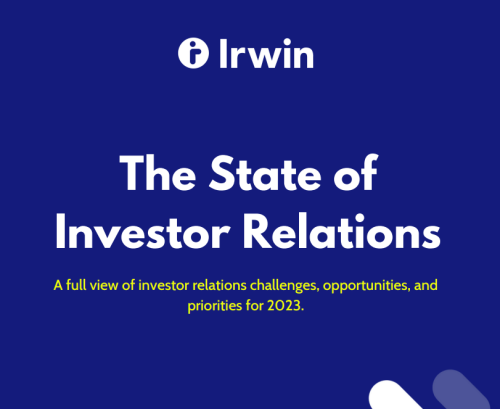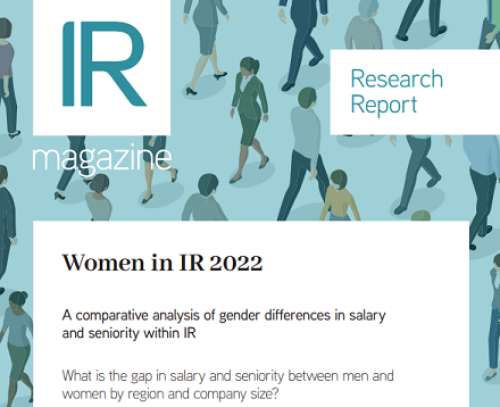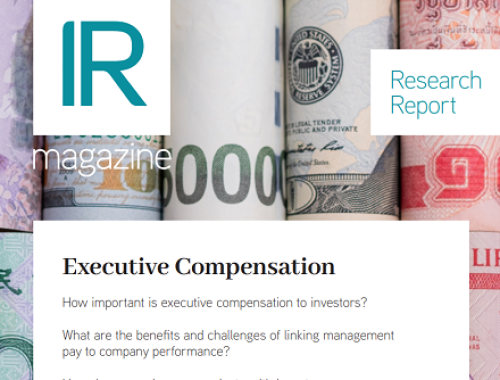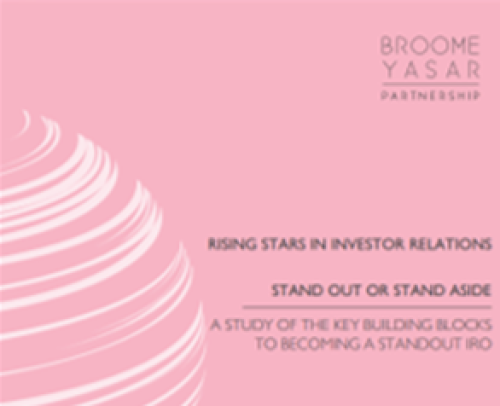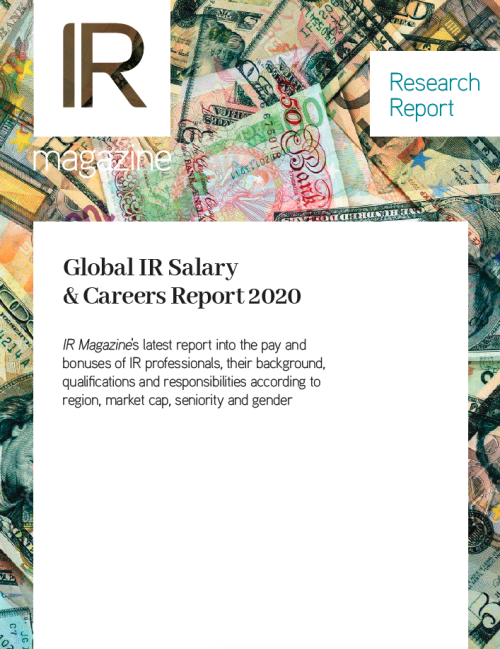This article was produced by ELITE Connect and originally published on the ELITE Connect platform
Competition can be tough and opportunities can be scarce when it comes to making it to the coveted head of IR role within an organization. Here, we hear from Duncan Browne, head of IR and financial media at Saga, and Ruth Cotter, senior vice president for human resources, corporate communications & IR at AMD, who share their advice on how the ambitious IRO can make the step up.
Elite Connect: How long were you working directly in IR before you achieved your first head of IR title? Looking back, is there anything you wish you’d done earlier in your career?
Duncan Browne: I had been working in IR, both in-house and in consultancy, for six years. One of the more interesting aspects of the IRO role is the varied backgrounds most have. As such, I think there is no ‘ideal’ route, and there is nothing I would have changed regarding my historic career trajectory.
Ruth Cotter: For me it was four years. I wouldn’t change anything about my career journey, either; I transitioned from marketing to PR to financial PR and finally to IR – and enjoyed every step.
EC: What are the most important things for IROs to focus on if they wish to eventually head up an IR function?
RC: It’s a combination of many factors. Learning by experience, understanding the capital markets and building long-lasting relationships are vital, as is excellent communication and writing skills, solid financial acumen, staying abreast of rules and regulations and the ability to distil messages into a language the audience understands.
DB: The scope of the role is such that it is difficult to weight more importance toward any one part. Ultimately, the company must put its trust in you to be the creator and custodian of its equity story. To achieve this, IROs not only have to demonstrate their value at key strategic points along the company’s journey, but also deliver the day-to-day hard yards getting investors and analysts thinking about the company in the right way.
If done well, this becomes very apparent to the management team, which quickly realizes that the groundwork already laid out for it means it can focus on the most important aspects of the business, and not waste precious time introducing the business and walking through the nuts and bolts.
EC: What are the main challenges to the head of IR role? What can an IRO expect?
DB: If the company is performing well, the market you operate in is enjoying positive tailwinds and investors and analysts are happy, the job should be very straightforward. Unfortunately, it’s very rare for these to be fully synchronized at any given time! Each permutation away from that ideal equation presents different challenges, but none is insurmountable and a well-versed IRO should be fully equipped to deal with all of them.
Ultimately, the company’s share price is invariably the barometer by which the company – and, by association, the IRO – is measured. An IRO can be doing everything right, but if there are events outside of a company’s control, either economic or environmental, the share price will still suffer. It can be tough knowing that you’ve done everything right and still be faced with a negative outcome, but perseverance and continuing to communicate what should be a well-constructed strategy will lead to eventual success.
RC: As head of IR, you’re responsible for managing expectations both inside and outside of the company and responding to external market influences beyond the company’s control and daily stock price fluctuation. There’s also the sometimes-challenging task of being the truth-teller!
EC: What do you enjoy most about heading up the IR function?
RC: For me, it’s the variety of projects and activities the role offers on a daily basis. Even if you’re doing a similar project every day, it’s usually with different investors so it’s always interesting, as is the balance of internal and external engagement. The head of IR role offers the opportunity to be a corporate-wide integrator with a close proximity to the C-suite. This offers the ideal opportunity and ability to learn, observe and grow through that exposure.
DB: I’ve always been fascinated by investment cases. Working closely with management and advisers, this role allows one to play a leading part in creating and tailoring an equity story for the market. An IRO then gets to go out, meet market participants and present the company to the investment community. It’s both immensely interesting and enjoyable – especially when you get positive feedback from the other side or strong buying following a meeting.
EC: What’s the most valuable piece of advice you’d share?
DB: Always try to get out and meet as many market participants as possible, and listen to their views – especially the more negative ones. Don’t ever feel restricted to interacting solely with your retained advisers. Clearly while all confidential/insider information must be dealt with through them, it is a highly functional advisory space out there, with people willing to share views and ideas that you might not otherwise have access to.
RC: Be the shareholder voice internally, even if it sometimes makes you unpopular! Bring your whole self to work each day, do what you do with passion. Model best practice, but know that your company has a unique personality that will require you to modify and accommodate so your shareholders get a glimpse into why your strategy to build shareholder value for them is positively differentiated.

